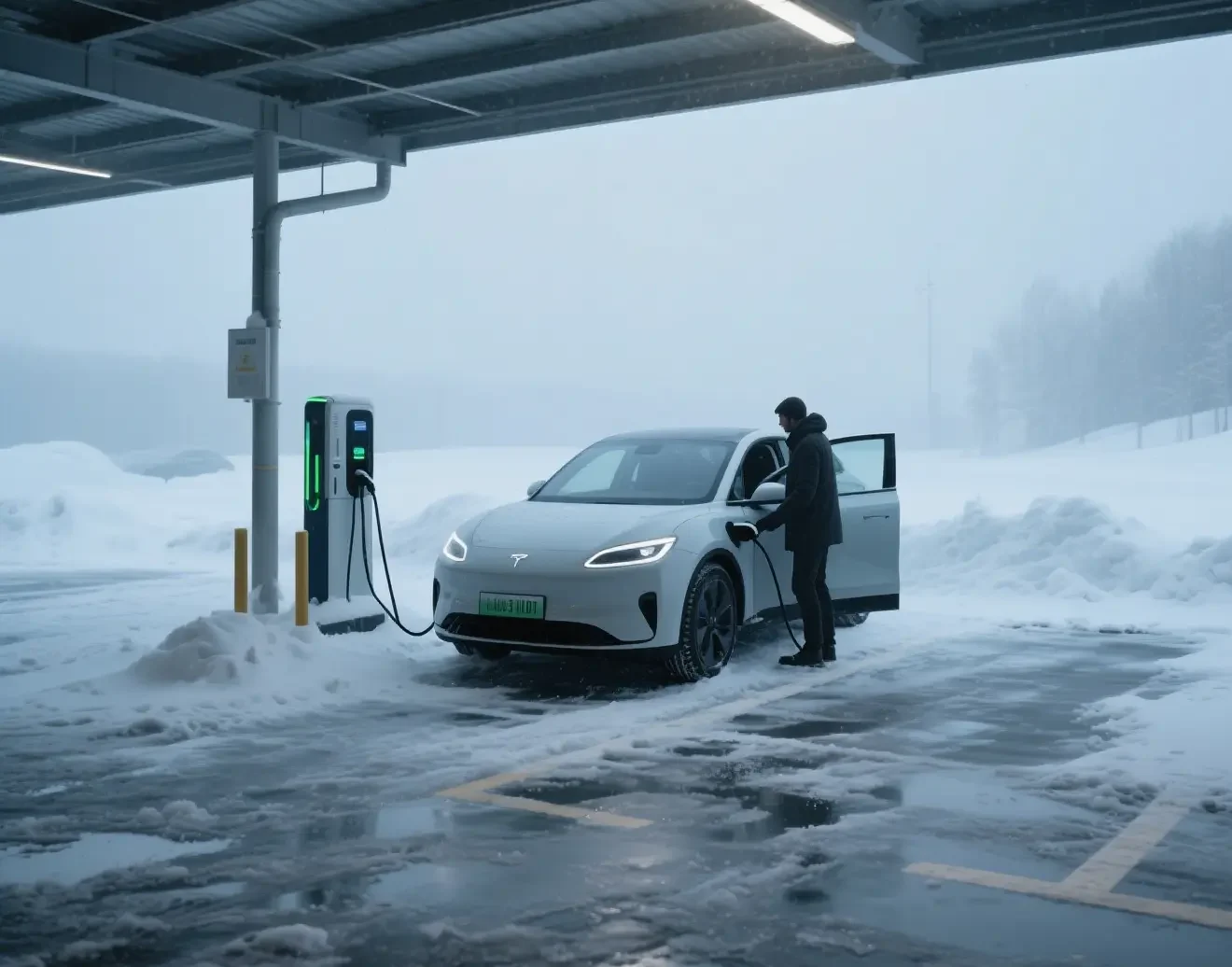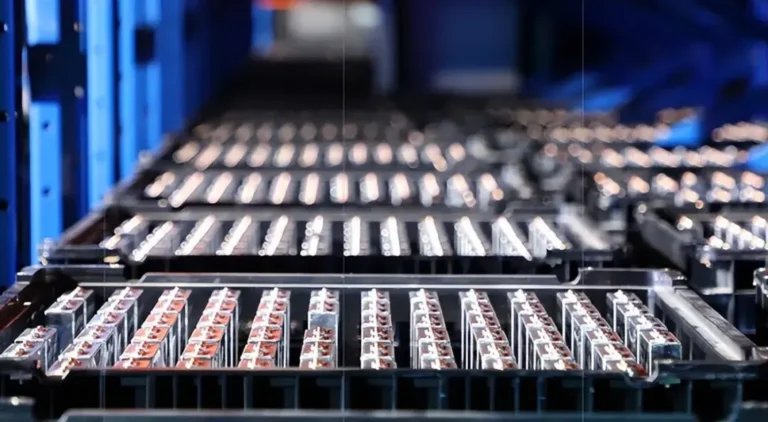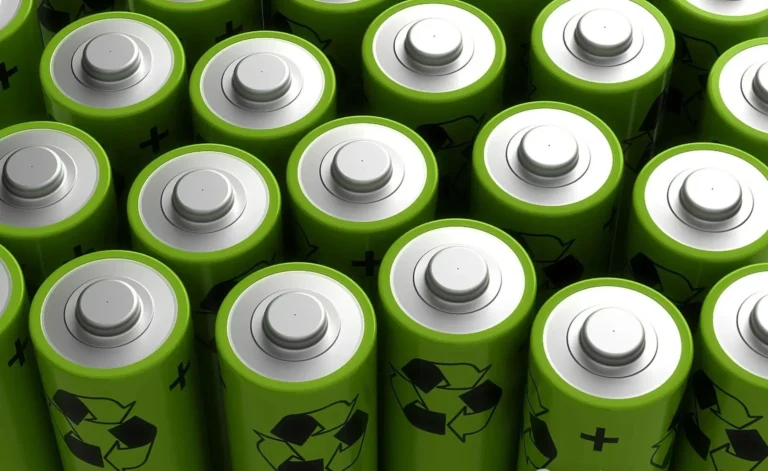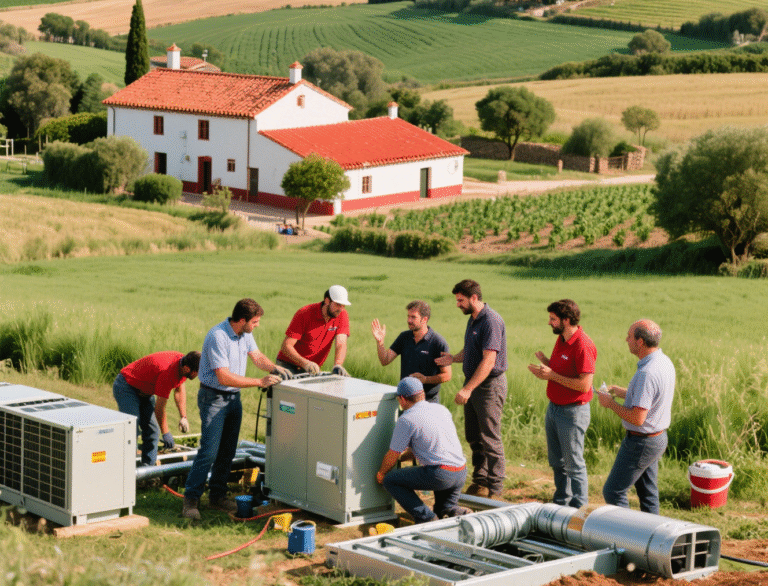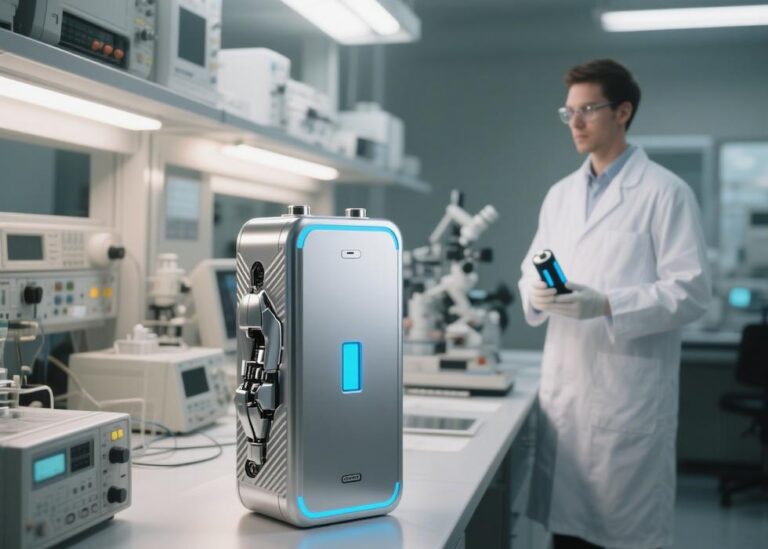Why Low Temperature Batteries Are a Game-Changer for Cold Climates
In freezing weather, most batteries fail—phones die, electric cars stall, and outdoor equipment shuts down. That’s where low temperature batteries step in. These specialized power sources are rewriting the rules for energy storage in cold environments, solving problems traditional batteries can’t handle. Let’s break down why they matter, how they work, and where they’re making the biggest impact.
The Cold Truth About Regular Batteries
Standard lithium-ion batteries struggle below 0°C. Their electrolytes thicken like syrup, slowing ion movement. At -10°C, a typical EV battery loses 30% of its range; at -20°C, that jumps to 50%. Charging becomes risky too—lithium plating can form on anodes, causing short circuits. It’s not just EVs: medical devices in cold regions, Arctic research equipment, and even winter sports gear all suffer from this “cold weakness.”
Low temperature batteries fix these issues by targeting the root causes. They’re engineered to keep working reliably when the mercury plummets, making them indispensable in cold climates.

How Low Temperature Batteries Beat the Chill
Smart Electrolyte Mixes
The secret starts with electrolytes. Instead of using ethylene carbonate (which freezes at 36°C), low temperature batteries use blends of propylene carbonate, dimethyl carbonate, or even fluorinated solvents. These stay fluid at -40°C, letting ions flow freely. Additives like vinylene carbonate help form a tough, thin SEI layer—this protective coating on anodes keeps electrolytes stable without blocking ion movement.
Chinese researchers recently developed an electrolyte that works at -60°C, maintaining 85% conductivity compared to room temperature. That’s a game-changer for polar expeditions and high-altitude drones.
Reinforced Electrodes
Anodes and cathodes get upgrades too. Graphite anodes, common in regular batteries, slow down in the cold. Low temperature batteries use silicon-carbon composites or titanium oxides, which let lithium ions in and out faster. On the cathode side, modified NCM (nickel-cobalt-manganese) materials retain 90% of their capacity at -30°C, far better than standard versions.
Smart Design Tweaks
Some low temperature batteries use thinner electrodes to cut ion travel distance. Others add heating elements—tiny, energy-efficient ones that kick in only when needed. A Chinese EV battery maker’s “ColdGuard” system, for example, uses 5W heaters to keep cells above -15°C, using less than 2% of the battery’s capacity.
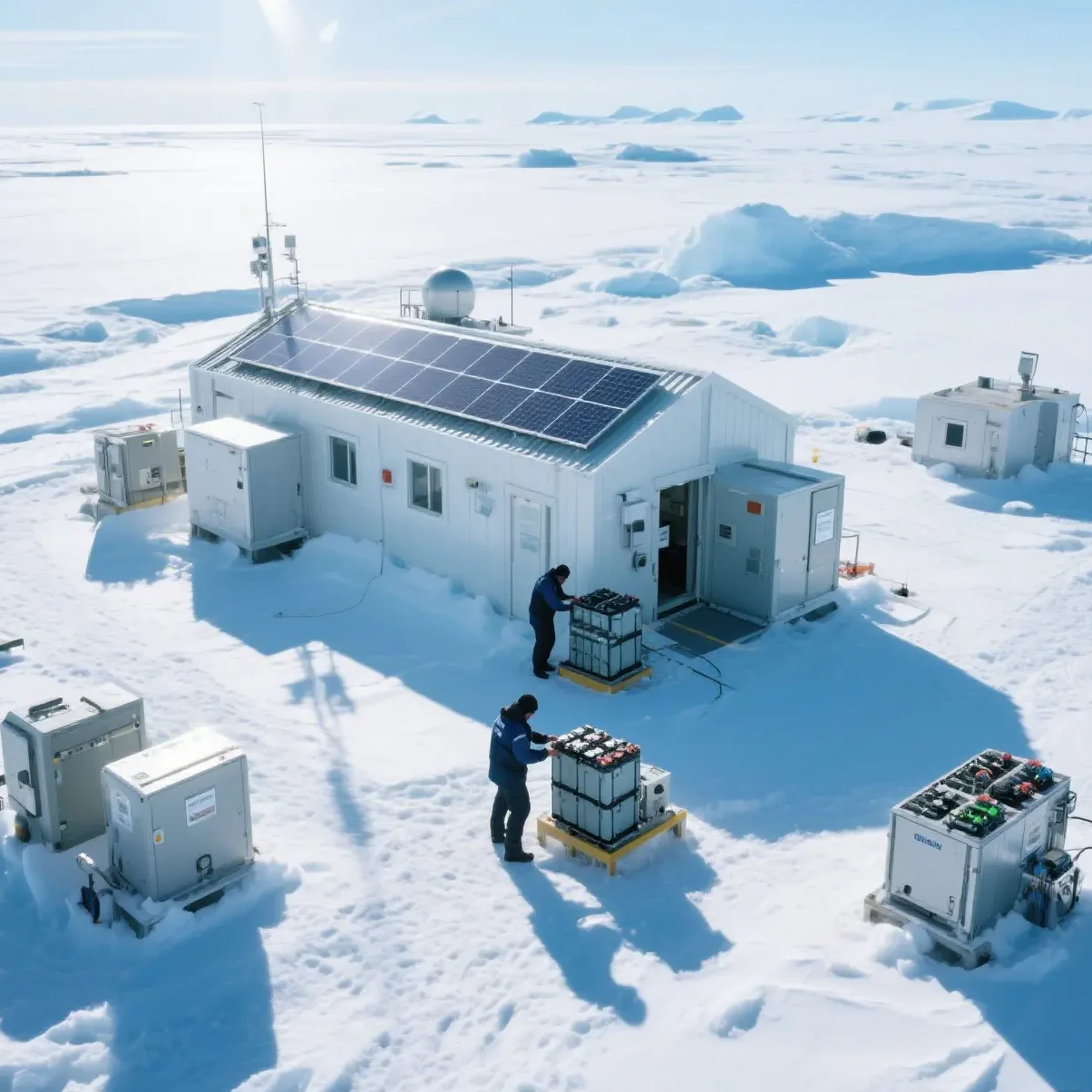
Top Types of Low Temperature Batteries
Lithium-Ion Variants
Most low temperature batteries are lithium-based, but with key tweaks. CATL’s “C-Temp” battery, used in northern China’s EVs, delivers 80% capacity at -25°C and charges to 80% in 30 minutes even in freezing weather. These are the workhorses—affordable, scalable, and ready for mass use.
Sodium-Ion Breakthroughs
Sodium-ion batteries are rising stars. Sodium’s chemistry handles cold better than lithium, and these batteries cost 30% less. China’s BYD unveiled a sodium-ion low temperature battery last year that retains 75% capacity at -30°C, perfect for grid storage in Siberia or Canada. They’re less energy-dense than lithium, but for stationary use, that’s a trade-off worth making.
Solid-State Innovations
Solid-state low temperature batteries are the future. Their solid electrolytes (like sulfides or oxides) don’t freeze, so they work at -50°C. Toyota’s recent prototype, co-developed with a Chinese lab, showed 92% capacity retention at -40°C. They’re pricier now, but production scaling could cut costs by 2030.

Where Low Temperature Batteries Shine
Electric Vehicles in Cold Zones
In Norway, where winters hit -20°C, EVs with low temperature batteries now make up 65% of new car sales. Models using China’s Gotion High-Tech batteries drive 450km on a charge in snow, matching gas cars. Charging stations in Iceland now install these batteries to keep their own systems running during blizzards.
Arctic and Aerospace Use
Russian Arctic bases rely on Chinese low temperature batteries to power weather stations. NASA’s latest Mars rover tests use similar tech—Martian nights reach -153°C, but solid-state low temperature batteries keep instruments alive.
Everyday Cold-Weather Gear
Ski resorts use them in snow groomers. Mountain climbers carry them in avalanche beacons. Even smart home systems in cold regions now include backup low temperature batteries to prevent power loss during winter storms.
The Road Ahead
China leads in low temperature battery patents—holding 58% of global filings. Companies like CATL, BYD, and EVE Energy are scaling production, driving prices down by 12% annually. By 2025, experts predict 1 in 3 EVs sold in cold countries will use these batteries.
The message is clear: low temperature batteries aren’t just niche products. They’re essential tools for a world that needs reliable energy—no matter how cold it gets. Whether you’re driving through a snowstorm or exploring the poles, these batteries ensure the power stays on.

